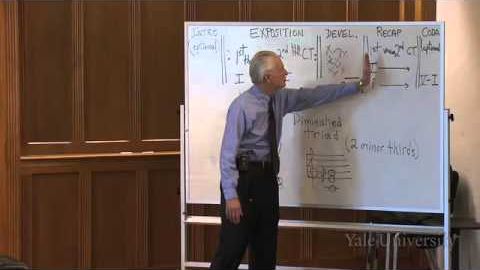
Subtitles & vocabulary
Lecture 9. Sonata-Allegro Form: Mozart and Beethoven
00
songwen8778 posted on 2016/07/24Save
Video vocabulary
sort
US /sɔrt/
・
UK /sɔ:t/
- Transitive Verb
- To organize things by putting them into groups
- To deal with things in an organized way
- Noun
- Group or class of similar things or people
A1TOEIC
More material
US /məˈtɪriəl/
・
UK /məˈtɪəriəl/
- Noun (Countable/Uncountable)
- Cloth; fabric
- Supplies or data needed to do a certain thing
- Adjective
- Relevant; (of evidence) important or significant
- Belonging to the world of physical things
A2
More come
US /kʌm/
・
UK /kʌm/
- Intransitive Verb
- To arrive at a place
- (Of mail) to be delivered
- Verb (Transitive/Intransitive)
- To move toward someone; go with someone
A1
More kind
US /kaɪnd/
・
UK /kaɪnd/
- Adjective
- In a caring and helpful manner
- Countable Noun
- One type of thing
A1TOEIC
More Use Energy
Unlock All Vocabulary
Unlock pronunciation, explanations, and filters
